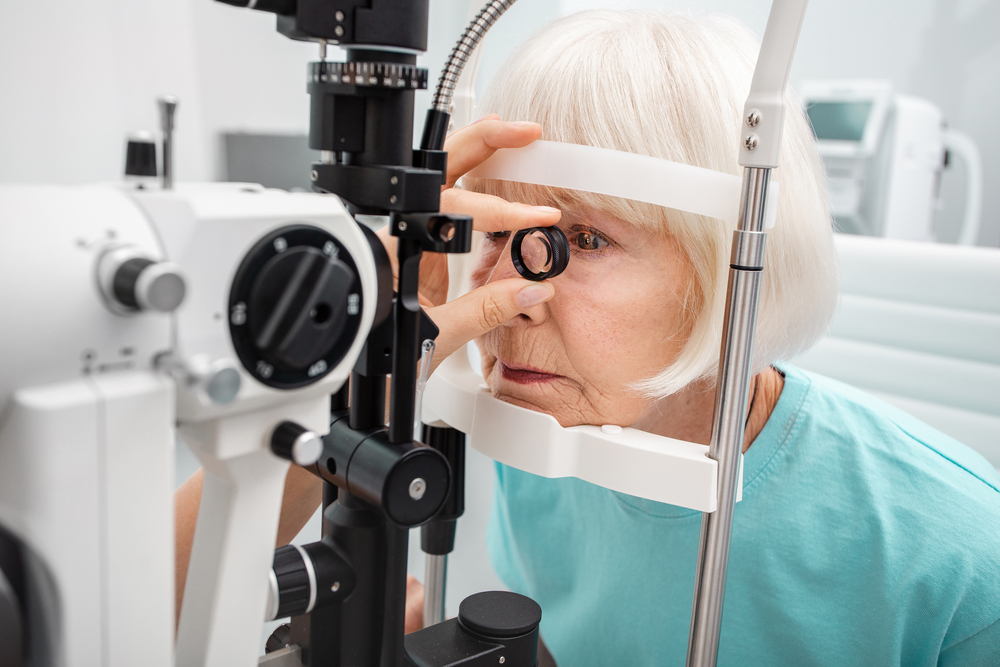How Do Eye Doctors Test for Glaucoma?
Glaucoma is a common eye condition that can lead to vision loss and blindness if left untreated. But with early diagnosis and treatment, you can help preserve your vision.
Glaucoma can be detected during a routine eye exam, and early detection is extremely important to prevent permanent vision loss. Keep reading to learn how eye doctors test for glaucoma!
What is Glaucoma?
Glaucoma refers to a group of eye conditions caused by damage to the optic nerve. This nerve connects the eye to the brain and is responsible for carrying images from the eye to the brain so you can see.
In most cases of glaucoma, the optic nerve becomes damaged due to increased eye pressure. There are many different types of glaucoma, but the most common form of glaucoma is open-angle glaucoma.
Open-angle glaucoma typically does not cause many symptoms in its early stages. Despite not feeling or noticing any issues, the optic nerve is becoming progressively damaged.
That’s why getting regular eye exams and glaucoma screenings is vital for at-risk individuals, so damage and vision loss can be prevented through early diagnosis and treatment.
How is Glaucoma Diagnosed?
Since glaucoma rarely has symptoms in its early stages, comprehensive eye exams are essential to evaluate your risk. Eye doctors use a variety of tests to check for increased eye pressure, nerve damage, and vision loss – the main indicators of glaucoma.
Changes in the Optic Nerve
Using an ophthalmoscope to examine the back of your eye, your eye doctor can look for signs of optic nerve damage. They check the size and shape of your nerve for thinning or changes.
This exam combined with imaging tests allow evaluation of nerve health.
High Eye Pressure
Tonometry tests measure your eye pressure levels. Drops may be administered to numb the eye before pressure is measured with a tonometer instrument during the exam.
High eye pressure significantly increases glaucoma risk. It is also possible to have glaucoma without higher-than-normal eye pressure.
This is why eye doctors look at all three factors to determine if you might be at risk for glaucoma.
Visual Field Change
Visual field testing maps your field of vision. You’ll indicate when you see flashing lights in different areas of vision.
Missing areas can signify vision loss consistent with glaucoma. This testing helps identify if the eye condition is affecting peripheral or side vision.
How is Glaucoma Treated?
Medications, laser procedures, and glaucoma surgery are options to lower eye pressure and slow optic nerve damage. Treatment can prevent vision loss and blindness.
Early intervention is key, so be sure to schedule regular eye exams to catch glaucoma in its earliest stages. Proper treatment can help you maintain vision.
During an eye exam, your eye doctor will determine the type of glaucoma and how advanced the condition is. Based on this information, they will be able to develop a treatment plan that aims to reduce your eye pressure and prevent additional vision damage.
Any vision lost with glaucoma is permanent. So, it is very important to have annual eye exams to detect any changes early on to prevent vision loss.
Are you experiencing vision changes? Schedule an appointment at Mid Ohio Eye in Columbus, OH, today!










